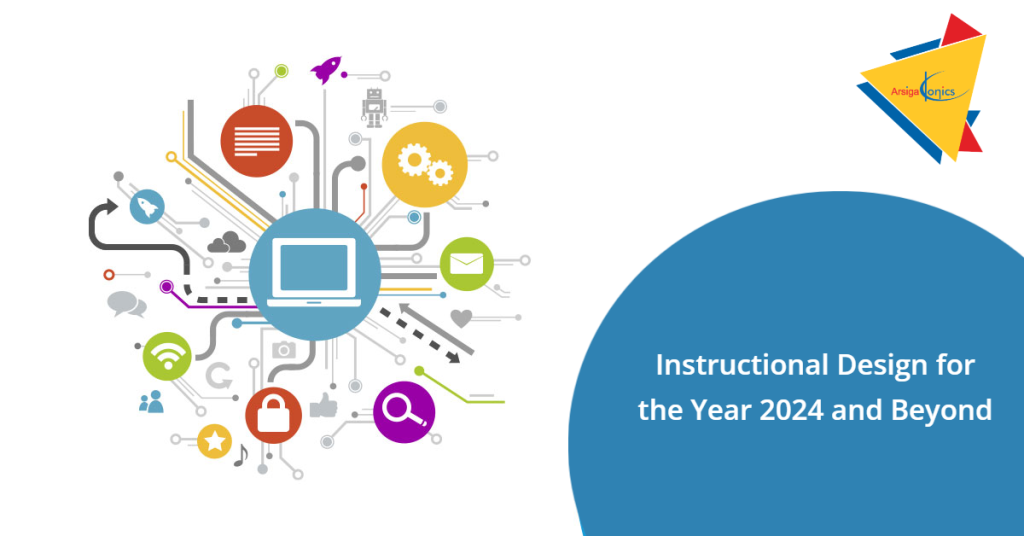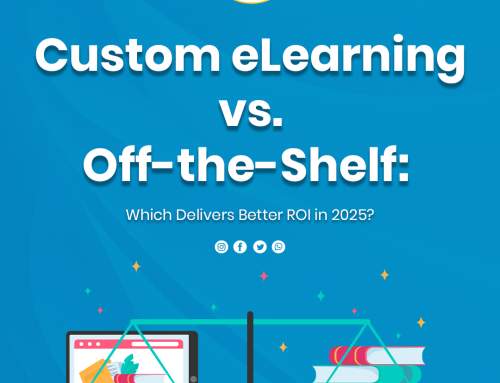Instructional Design in the Era of Digital Evolution
Instructional Design for the Year 2024 and Beyond
Artificial Intelligence and automation are set to revolutionize how industries work, creating a demand for workers with new skill sets. Analysis of LinkedIn’s data reveals some interesting facts: employees are adapting and honing their skills at an astonishing rate, with a 25% change in job-related skill sets observed since 2015. Today’s job market calls for new skill sets and lifelong learners. One job role that has witnessed a major transformation and is expanding in newer territories is Instructional Design.
From breaking down complex topics into easy-to-understand learning nuggets to creating Instructor-led training and workshops that deliver knowledge on specialized topics, IDs do many hats. Today, let’s look at how ID is poised to reach new and better heights in the digital transformation era.
Instructional Design Simplified
It has witnessed a major transformation over the last few decades. What started as simply organizing educational content into learner-friendly chunks evolved into today’s ID, which utilizes technology and cognitive science to create engaging and highly effective learning experiences.
Reasons driving the demand for Instructional Design
The wave of change in Instructional Design will continue in the year 2024 and beyond. The sudden surge in demand for Instructional Designers (IDs) could be attributed to digital transformation, remote workforce, and the increasing need for personalized and accessible training materials. It is expected that IDs will continue to use the latest technologies and AI to create unique learning experiences.

Industries with Instructional Design Requirements
Any industry that regularly trains its workforce would benefit from IDs. That said, the major industries employing IDs due to the dynamic training requirements include:
- Software and development
- Manufacturing
- Banking and financial services
- eLearning
- Healthcare
- Higher Education
- Non-profit organizations
Instructional designers bring a wide range of skills to the table, including but not limited to, andragogy & pedagogy, technological proficiency, excellent communication skills, creativity, and adaptability. At Arsiga Konics, we have a dedicated ID team that utilizes all these skills to create impactful training solutions for any sector. Contact us today to create the best learning experience for your team.







Leave A Comment